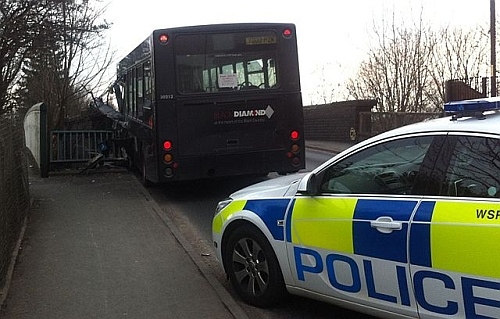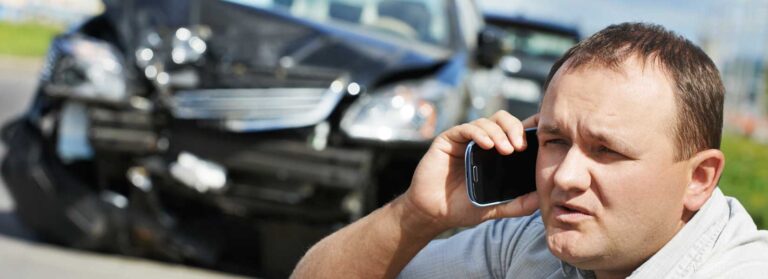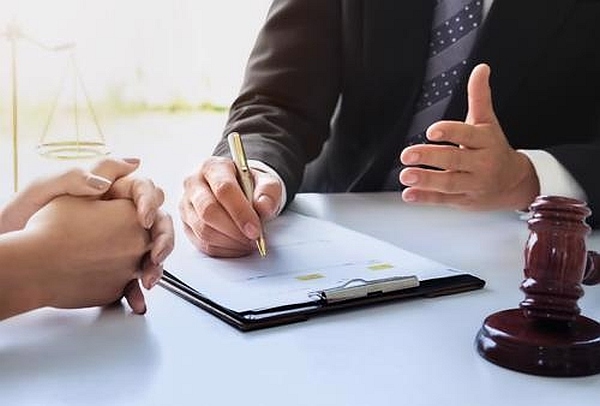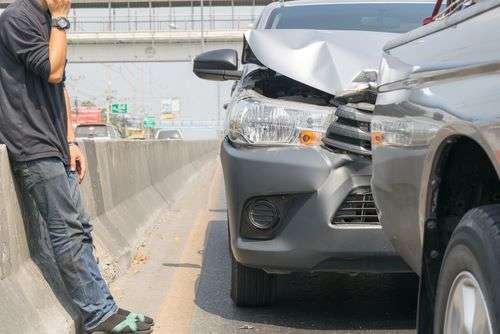Atlanta’s Metropolitan Atlanta Rapid Transit Authority (MARTA) provides transportation for countless residents and visitors. While generally safe, accidents involving MARTA trains, buses, and other vehicles can occur, leaving victims grappling with physical injuries, emotional trauma, and a complex legal process.
Our Atlanta MARTA accident lawyers can help you navigate the aftermath and protect your rights. We’ll delve into the legal framework surrounding MARTA accidents and the claims process.
Understanding Liability in MARTA Accidents
Proving liability in MARTA accidents requires demonstrating that the defendant was responsible for the accident and your injuries. Let’s dive deeper into the potential defendants and the types of negligence that may come into play.
MARTA Negligence in Operations
This broad category encompasses various scenarios where MARTA’s actions or inaction directly contribute to the accident. Examples include:
- Train accidents: Collisions due to signal malfunctions, track defects, or operator error.
- Bus accidents: Driver recklessness or failure to maintain safe passenger boarding/disembarking areas.
- Platform or station accidents: Slippery floors, inadequate lighting, or negligent security leading to assaults or falls.
Maintenance Failures by MARTA
MARTA has a duty to maintain its vehicles, infrastructure, and stations in a safe condition. Failure to do so, if it leads to an accident, may constitute negligence. Examples include:
- Bus accidents caused by worn-out brakes or defective tires.
- MARTA train accidents due to unaddressed track damage.
- Injuries from poorly maintained escalators or malfunctioning doors.
Third-Party Drivers
- Car and truck accidents: If a vehicle collides with a MARTA bus or train due to the driver’s negligence, such as speeding, distracted driving, or failing to yield right-of-way, the driver may be solely liable.
- Pedestrian and cyclist accidents: Drivers must exercise due care towards pedestrians and cyclists near MARTA stations and crossings. Accidents caused by driver negligence in these situations may hold them liable.
Other Entities
- Contractors: Companies responsible for maintenance or construction on MARTA property may be liable if their negligence leads to an accident.
- Third-party security providers: If contracted security personnel fail to protect passengers from foreseeable harm, their negligence could contribute to liability.
Shared Liability
It’s important to remember that multiple parties may share liability in a MARTA accident. For example, a bus accident could involve both the bus driver’s negligence and a faulty brake system. In such cases, the court will apportion fault based on the evidence and each party’s contribution to the accident.
Additional Factors to Consider
Sovereign Immunity
As a government agency, MARTA enjoys limited sovereign immunity in Georgia. This means that suing MARTA directly can be more challenging than suing private entities. There are specific criteria and procedures in order to sue the government for a MARTA accident.
Statute of Limitations
Georgia has a two-year statute of limitations for personal injury claims arising from accidents. This means you have two years from the date of the accident to file a lawsuit against the responsible party. However, there are shorter deadlines for claims against government agencies.
Georgia’s Personal Injury Laws and MARTA Accidents
Georgia follows a modified comparative negligence doctrine, meaning both the victim and the at-fault party can share responsibility for the accident. However, to recover compensation, the victim’s portion of fault must be less than 50%. If the victim is deemed 50% or more at fault, they cannot recover damages from the other party.
Potential Damages Recoverable in MARTA Accident Cases
If you’ve been injured in a MARTA accident, you may be entitled to various types of compensation, including:
- Medical expenses: Past, present, and future medical bills related to the accident, including emergency care, hospitalization, surgeries, rehabilitation, and ongoing treatment.
- Lost wages: Compensation for income lost due to the accident and your inability to work.
- Pain and suffering: Compensation for physical and emotional distress caused by the accident.
- Loss of enjoyment of life: Compensation for the inability to participate in activities you previously enjoyed due to your injuries.
- Property damage: Reimbursement for damaged personal belongings in the accident.
Essential Steps for MARTA Accident Victims
Following a MARTA accident, taking specific steps can strengthen your claim and protect your rights.
- Seek immediate medical attention: Ensuring your health and well-being is paramount. Medical records document the extent of your injuries and serve as crucial evidence.
- Report the accident: File an official report with MARTA and any involved law enforcement agencies.
- Gather evidence: Collect witness contact information, photos of the accident scene and your injuries, and any relevant documentation, like medical bills or receipts.
- Consult a qualified personal injury attorney: An experienced attorney can navigate the legal complexities, investigate the accident, negotiate with MARTA or insurance companies, and represent your best interests throughout the claims process.
Remember, recovering from a MARTA accident can be challenging. This blog serves as a starting point, but seeking legal counsel from the Weinstein Firm is crucial to understanding your rights and pursuing fair compensation. With the right guidance and support, you can navigate the legal complexities and move forward toward healing and rebuilding your life.
Contact the Weinstein Firm at 770-HELP-NOW for a free case review.





